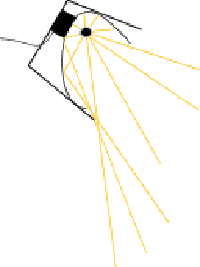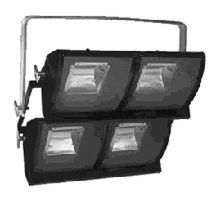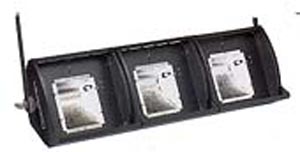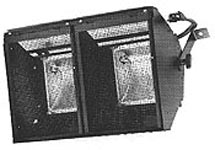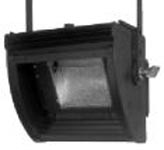Striplights
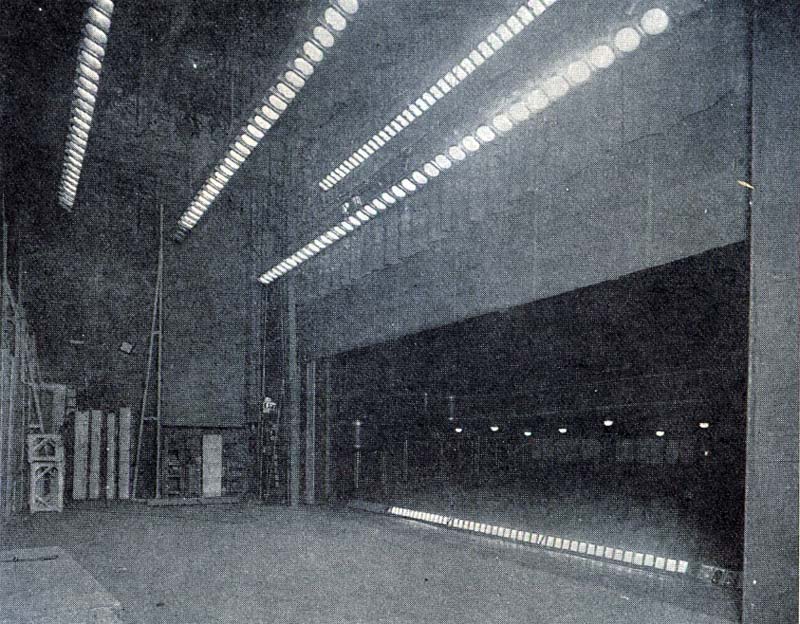
Footlights and borderlights used on stage of the National Theatre in New York City 1932.
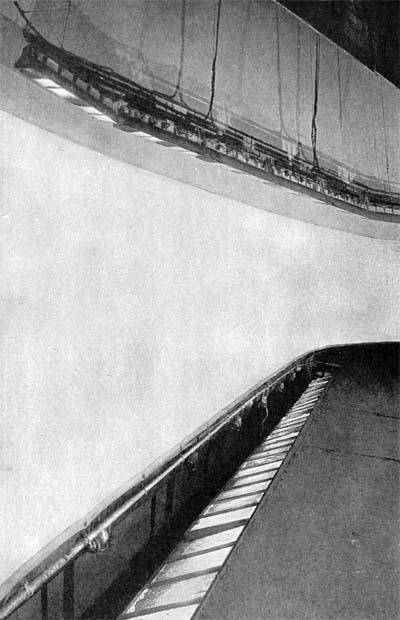
Cyclorama lighting at the Guild Theatre, New York in 1932. The cyc was more than 75'-0" high. Hanging units are shown lowered more than half-way. Horizon units are shown recessed in a pit in the stage floor that extended along the lower edge of the cyc.
Typical portable 6'-0" striplight
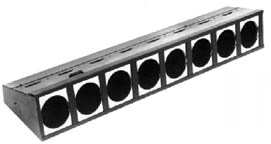
Common use
To light drops, cyclorama, general washes
Description
Long trough of lamps
Length
6'-0" or 8'-0" are common, longer lengths still
exist
Circuitry
Alternating lamps wired together - usually 3 or 4 circuits per unit

R40 PAR
100-150 watt lamp
Uses regular gel.
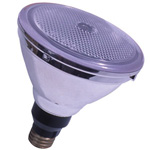
Spherical Reflector
with EVR
tungsten-halogen 500 watt lamp.
Requires glass roundel color media.
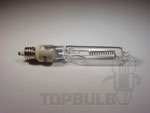
Rondels
Red, Blue, Green, Amber, Clear

-
Example striplights used (atypically) as area light
-
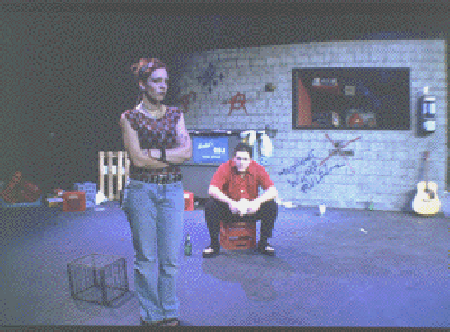
SubUrbia
Stage 2 Productions
Lighting Design by Justin Anderson
October, 1999
Example of EVR striplights used to create the moon
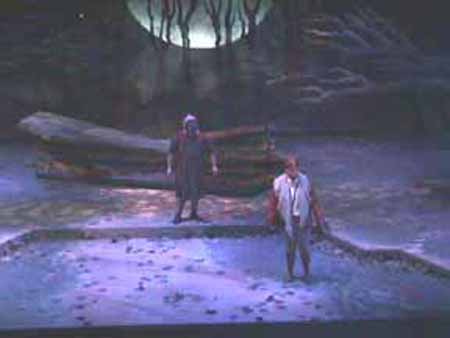
Into the Woods
UMD Theatre
Lighting Design by Scott Mellesmoen
October, 1999
Mini-Striplights
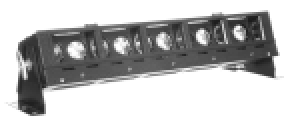
3 Circuit
10 lamps per circuit
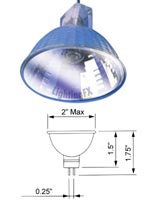
MR16 Lamp
Low voltage - 12 volt
10 lamps wired in series
Far Cycs
|
|
|
|
4 Cell Far Cyc |
3 Cell Far Cyc |
2 Cell Far Cyc |
1 Cell Far Cyc |
Lamp
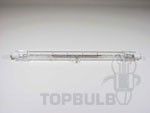
FFT
1KW tungsten-halogen
Common Use
To light drops, cyclorama, general washes
Description
Large cells in one to four clusters
Parasil reflector
Circuitry
Each cell has its own circuit
Color
Regular gel - no flaws
Section View of Asymmetrical Parasil Reflector
